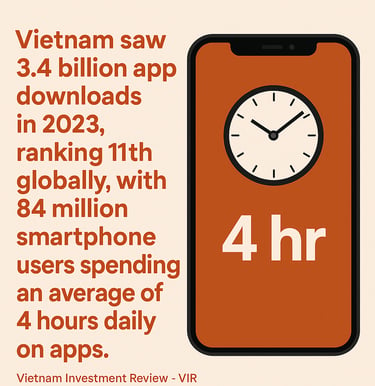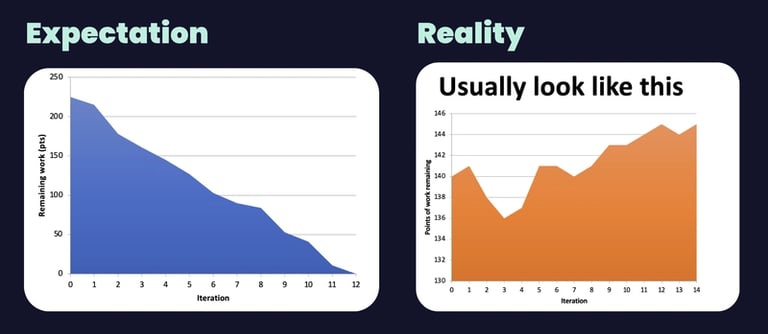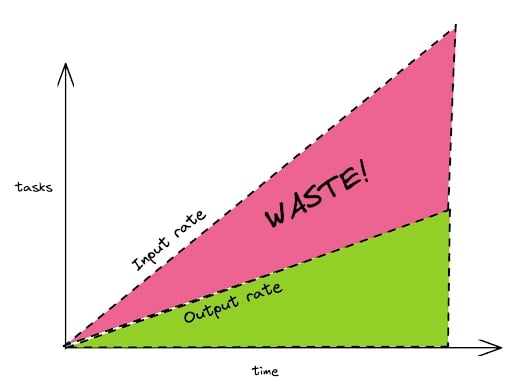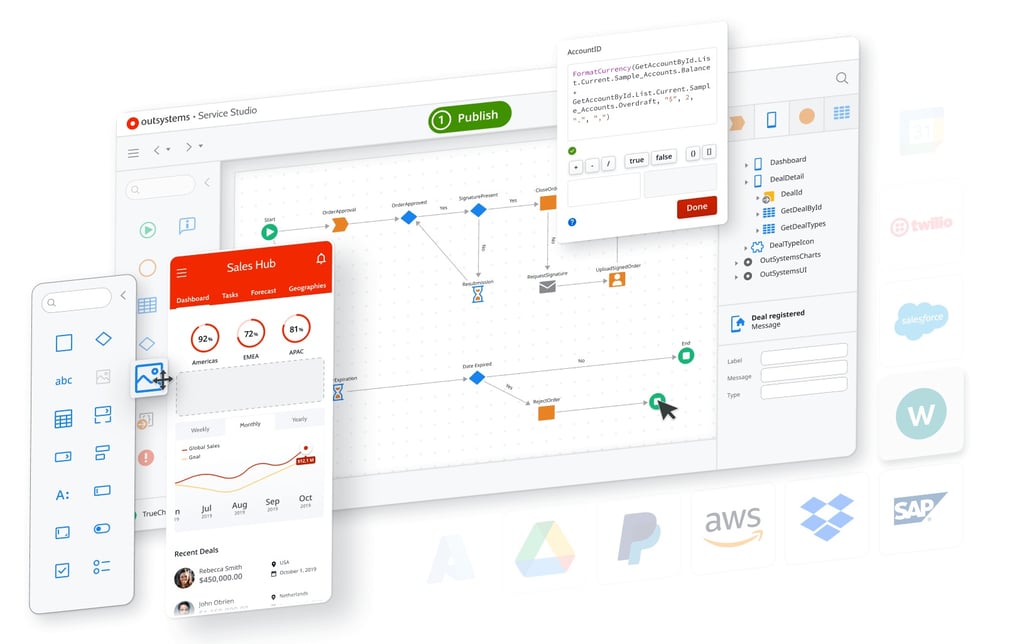The Next Wave of Digital Vietnam Will Be Built on Low-Code
Everyone’s talking digital transformation in Vietnam—meanwhile, your dev team is drowning in tickets and duct-taping legacy systems. What if you could clear the backlogs, deliver enterprise grade apps in weeks, not months... without hiring an extra army of coders .....
OUTSYSTEMS
Emma Huynh
5/16/20256 min read


🚀 Vietnam’s Digital Sprint: The Need for Speed (and a Smarter Toolkit)
In the last 10 years, the increasing use of mobile has been the core driver that changed the digital game! Mobile isn’t just a channel—it’s the main stage. Clearly, customers are mobile-first. They browse, shop, bank, complain, and even apply for loans—all from their phones.


Before Someone Else Eats Your Lunch...
For today’s tech and business leaders in Vietnam, it’s no longer about just going digital. It’s about building the right things—fast—before your competitors serve your customers a better version of your own idea.
Backend systems that cut costs? Not enough. The business now expects real innovation—apps and experiences that actually generate revenue. Copy-paste platforms won’t cut it either. Today’s leaders want to create bold, made-in-Vietnam digital experiences, not play catch-up.
Real innovation. Real impact. Real quick. Because users won’t wait. They’ll happily tap over to the next MoMo, Grab, or whatever your competitors are launching this quarter.
Vietnam is just getting started in this digital innovation race. And the companies who win will be the ones who start with the right mindset: from maintenance to innovation, from cost center to growth engine.
That’s what defines the new generation of Vietnam’s digital leaders.
FUN FACT: in 2012, Amazon was able to deploy new code every 11.7 seconds—reaching up to 1,079 deployments in a single hour. How long does it take your team to push just one change to production?
Top 3 Challenges Vietnamese Leaders Face in the Digital Race
While the ambition to go digital is loud and clear, the day-to-day reality inside tech teams often tells a messier story. For CIOs, CTOs, Heads of Engineering, and developer teams these three issues keep coming back like a bad piece of legacy code:
1. Backlogs That Never Shrink
Most companies have a never-ending queue of change requests (CRs) from business units. Product tweaks, customer journey updates, compliance changes, new feature ideas—the list keeps growing. But the team’s velocity? Not so much.
There’s simply not enough time or hands to ship everything, and priorities often clash between what generates revenue and what keeps the lights on. By the time something finally makes it to production, the context may have changed, market’s already shifted.


Ask any Head of Engineering: senior developers are gold, but they’re stretched thin or constantly being courted by startups, FAANG recruiters, or overseas gigs. Meanwhile, new hires need 6–9 months of onboarding before they can contribute confidently—by which time the process may have changed again.
The result? Teams are either slowing down, burning out, or spending too much time on internal hand-holding, instead of building features the business is begging for.
It’s not just about skill—it’s about scale.
3.Stuck in "The Way Things Have Always Been Done"




For the business, this backlog is more than a delay—it’s a missed opportunity to capture market share and customer loyalty
2. Talent Bottlenecks (And Burnout)
Even with all the buzz around transformation, many organizations are still operating like it’s 2015. Waterfall habits, manual processes, siloed teams, and tools that don’t talk to each other are still—surprisingly—business as usual.
Challenging the status quo means rethinking priorities, processes, tech stacks, and team culture—not just speeding things up. In fact, I’d say this is the biggest challenge I see across teams—not just in Vietnam,
Too many teams still stuck in a “get things done cheap” mindset while the market today demands more. We’re in the era of building for scale with speed, not just survival. Wait too long, and you will be eaten alive.
Even when leadership commit to change, execution often breaks down. Dev teams hesitate. They worry that better tools and streamlined processes might make their skills look replaceable. Some had bad experiences with poor products in the past and now boycott technologies that actually work—refusing to change out of mistrust...
Let’s be real—yes, change is hard. I used to ride my little bicycle everywhere—safe, predictable, affordable. But let's face it: it wasn't built for speed or distance. Then came the motorbike, and eventually the car, plane... Yes, there was an upfront cost and a learning curve—but once you adapted, the difference was huge. Suddenly, getting from A to B was effortless, faster, and smoother. And you still have the whole day ahead to do what most matter!
The discomfort is temporary. The upgrade? Absolutely worth it.
I’ll come back to this later—because this mindset shift isn’t just a tech decision. It’s cultural. And it’s the key to everything that follows.


The Next Wave: Why Low-Code is the Right Fit for Vietnam’s Digital Ambitions
The Misconceptions
The terms "low-code" and "AI-powered" have been overused—and often misused—by organizations eager to ride the hype wave, turning meaningful innovation into buzzwords and mysterious "black boxes." Before diving deeper, let's set the record straight about what low-code approach really is.
In 2014, Forrester coined the term “Low-code” to classify development platforms that focused on development simplicity and ease of use. Done right, it significantly reduces the complexity, cost, and effort of maintaining, fixing, and extending your apps. It doesn't merely speed things up—it transforms the way your team approaches technology, unlocking potential you didn't even realize was there.
Yet, low-code isn't a magic bullet. It's not for everyone, and it certainly isn't about replacing talented developers with automation. Instead, it's about letting the machines handle repetitive, tedious tasks so your dev team can focus their skills and creativity on what truly matters—solving complex business challenges, refining user experiences, managing edge cases, optimizing performance, and building apps that your users genuinely love.




So how low-code help exactly?
1. Blazing development speed
As we've discussed, innovation means nothing without speed—and that's exactly where low-code shines. The biggest value it brings is accelerating not just how fast you build applications, but how quickly you can change them.
Low-code platforms like OutSystems combine visual, model-driven development with AI to drastically speed up every stage of the app lifecycle.
More importantly, Outsystems meets the demand for constant change. Updating an app becomes a lightweight process—with change management running almost on autopilot.
For example, instead of manually tracing dependencies to assess the impact of a change across your entire stack, the platform does this for you. That means fewer human errors, lower risk, reduced cost, and a lot less time spent managing change.
2. Multiple Experience Development
Let’s circle back to a key driver of digital transformation: mobile pervasiveness. Users are everywhere—on phones, tablets, desktops—using a growing mix of devices, operating systems, and screen sizes. It’s not just Apple and Samsung anymore. It’s not just macOS or Windows. The landscape is broader than ever.
As a business, you want to serve all your users, but building and maintaining separate apps for each platform—Swift for iOS, Kotlin for Android, HTML/JS for web—is time-consuming and resource-heavy.
What if you could build once and deploy everywhere—without sacrificing native responsiveness?
That’s exactly what OutSystems enables. You develop using a single, unified platform, and the system takes care of adapting to each device and channel, ensuring performance, look, and feel stay native across the board.
TO BE CONTINUE....